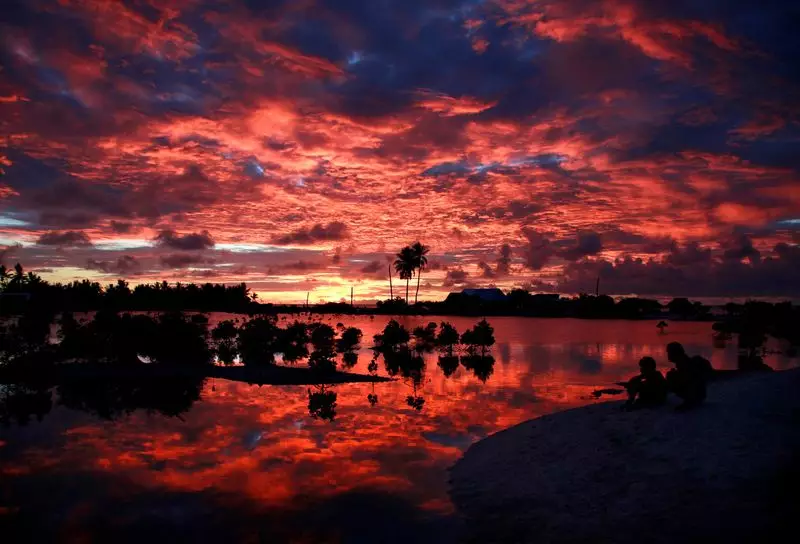The World Bank, with backing from the U.S. and Australia, is stepping in to provide a financial lifeline for Pacific Island nations. This move comes as Western banks are pulling out of the region, leaving these small countries vulnerable to being cut off from global finance. The region, comprising 18 small countries and territories, spans a vast expanse of ocean, totaling 30 million square km (10 million square miles). Without a backstop, the consequences could be dire, with an Australian official referring to the situation as “Armageddon.”
Rising Chinese Influence
This move by the World Bank comes as China continues to make inroads in the region, challenging the traditional dominance of Western powers. Countries like Nauru, Solomon Islands, and Kiribati have already switched their diplomatic recognition from Taiwan to Beijing, signaling a tilt towards China. The Solomon Islands, in particular, has entered into security and policing agreements with China, causing concern among the U.S. and Australia.
The departure of Western banks from the Pacific region has raised fears about the stability of the financial system. Countries in the region heavily rely on remittances, tourism, and international trade to sustain their economies. With the reduction in correspondent banking relationships by 60% between 2011 and 2022, the flow of funds in and out of these countries is at risk. As a result, the cost of remittances has surged, impacting the livelihoods of many in these island nations.
As Western banks exit the region, Chinese banks are looking to fill the void. The Bank of China has already established a presence in Papua New Guinea and has signed agreements with other countries like Nauru and Vanuatu. This move by Chinese banks has raised concerns about the geopolitical implications of China’s increased influence in the Pacific. While some countries have welcomed Chinese investment, others are wary of the strings attached to such partnerships.
The World Bank’s proposed financial lifeline offers hope for the Pacific Island nations. The plan includes providing emergency access to major currencies, bolstering compliance standards, and creating mechanisms to attract global banks to the region. By charging countries to use the facility and ensuring adherence to financial regulations, the plan aims to strike a balance between public and private interests. With the support of the U.S. and Australia, this multilateral effort could provide much-needed stability for the region.
The recent conference in Brisbane, attended by U.S. Treasury and Federal Reserve officials, Australian delegates, and Pacific Island officials, signaled a renewed commitment to addressing the financial challenges facing the Pacific. The World Bank’s proposal is expected to be approved in the coming months, paving the way for commercial banks to bid for running the facility. This collaborative approach offers a glimmer of hope for the Pacific Island nations, signaling that a solution to their financial woes may be within reach.
The World Bank’s initiative to provide a financial lifeline for Pacific Island nations comes at a critical juncture. With Western banks retreating and China stepping in, the region faces an uncertain future. By addressing the challenges of de-risking, attracting global banks, and promoting financial stability, the proposed plan offers a ray of hope for these small island nations. As the Pacific Island nations navigate the shifting tides of global finance, a multilateral approach involving the World Bank, the U.S., Australia, and other stakeholders could pave the way for a more secure and prosperous future for the region.

